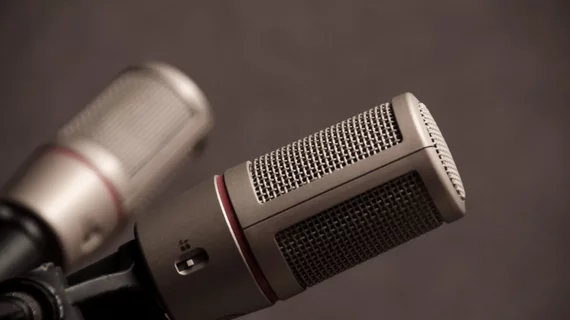Speech recognition has become a staple software category in radiology over the past three decades, and other medical specialties have adopted it as well. Yet efforts to assess the toolset’s applications and adaptations have been frustrated by the lack of a unified set of metrics.
Thanks to the resulting jumble, the time is ripe to put speech recognition under a focused research microscope for a full examination.
So suggest the authors of a study published online in the Journal of the American Medical Informatics Association.
Suzanne Blackley, MA, of Partners Healthcare in Boston and colleagues analyzed 122 articles on clinician use of speech recognition published by peer-reviewed journals between 1990 and 2018.
They found 48 articles (39.3 percent) involved only the radiology department, while 10 (8.2 percent) involved emergency medicine and another 10 mentioned multiple departments.
Looking at the thrust of the respective research projects, the team found 48 articles (39.3 percent) studied productivity, while 20 (16.4 percent) studied the effect of speech recognition on documentation time. On the latter, they observed, findings were mixed.
Other key insights turned up by Blackley and colleagues:
- Decreased turnaround time was reported in all 19 (15.6 percent) studies in which it was evaluated.
- Twenty-nine (23.8 percent) studies conducted error analyses, though various evaluation metrics were used.
- The reported percentage of documents with errors ranged from 4.8 percent to 71 percent; reported word error rates ranged from 7.4 percent to 38.7 percent.
- Seven (5.7 percent) studies assessed documentation-associated costs; five reported decreases and two reported increases.
“Despite widespread use of speech recognition for clinical documentation, research on this topic remains largely heterogeneous, often using different evaluation metrics with mixed findings,” Blackley et al. concluded. “Further, [the fact] that speech recognition-assisted documentation has become increasingly common in clinical settings beyond radiology warrants further investigation of its use and effectiveness in these settings.”

